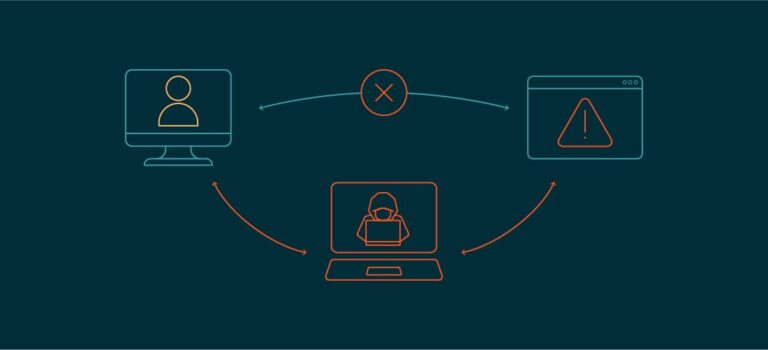Dependency Confusion: The Silent Threat in Your Software Supply Chain
1. Introduction: The Invisible Backdoor
- The rise of supply chain attacks: Log4j, SolarWinds, and beyond.
- Dependency confusion defined: When attackers upload malicious packages to public registries (npm, PyPI, NuGet) with names matching internal private packages.
- Why this works: Developers rarely verify if dependencies pull from internal vs. public sources.
2. How Dependency Confusion Works: Step-by-Step
Anatomy of an Attack:
plaintext
Copy
Download
1. Attacker scouts internal package names (e.g., `company-auth-lib`). 2. Uploads malicious version to public registry with a higher version number (e.g., `v99.0.0`). 3. Build systems (like Jenkins) prioritize public registries → install trojanized package.
- Case Study: Alex Birsan’s 2021 exploit at Apple, Microsoft, and Tesla ($130K in bug bounties).
3. Why It’s Devastating
- Impact:
- Remote code execution (RCE), data exfiltration, crypto-mining.
- Legal liability (GDPR, CCPA) and reputational damage.
- Why Developers Fall For It:
- Default registry precedence (public > private).
- Lack of namespace segregation.
4. Real-World Examples
- PyPI “CryptoCatch”: Malicious package mimicking internal bank tools.
- npm “lodash-phantom”: Weaponized library stealing AWS keys.
- NuGet “CoreSDK”: Backdoor in .NET enterprise environments.
5. Detection: Finding the Needle in the Haystack
Tools & Tactics:
- Snyk, Sonatype Nexus: Scans for conflicting package sources.
- Custom Scripts:bashCopyDownload# Check for duplicate package names across registries npm list | grep -E “(public-registry-package-name)” –color
- Behavioral Monitoring: Unusual network traffic from build servers.
6. Mitigation: Locking Down Your Pipeline
Critical Defenses:
- Scope Packages:jsonCopyDownload// package.json “@company/private-package”: “1.0.0”
- Registry Configuration:
- Always set internal registries first in
.npmrc,pip.conf, orNuGet.config.
- Always set internal registries first in
- Package Signing: Enforce GPG signatures via Sigstore or The Update Framework (TUF).
CI/CD Hardening:
- Use Artifactory or Azure Artifacts to proxy public registries.
- Implement pre-install hooks to block unauthorized sources.
7. Best Practices for Organizations
- Policy Enforcement:
- Mandate namespaced/scoped packages (
@company/package). - Ban public package uploads without 2FA.
- Mandate namespaced/scoped packages (
- Threat Modeling:
- Audit dependencies weekly with OWASP Dependency-Check.
- Simulate attacks via Chaos Engineering.
8. Future of Supply Chain Security
- Emergent Solutions:
- SLSA Framework (Google’s supply chain integrity).
- Sigstore for cryptographic attestation.
- Industry Shifts:
- Mandated SBOMs (Software Bills of Materials) via U.S. Executive Order.
9. Conclusion: Don’t Be the Next Headline
- Dependency confusion exploits process gaps, not technical flaws.
- Action Plan:
- Audit existing dependencies today.
- Enforce scoping and registry hierarchy.
- Treat build systems as critical infrastructure.






